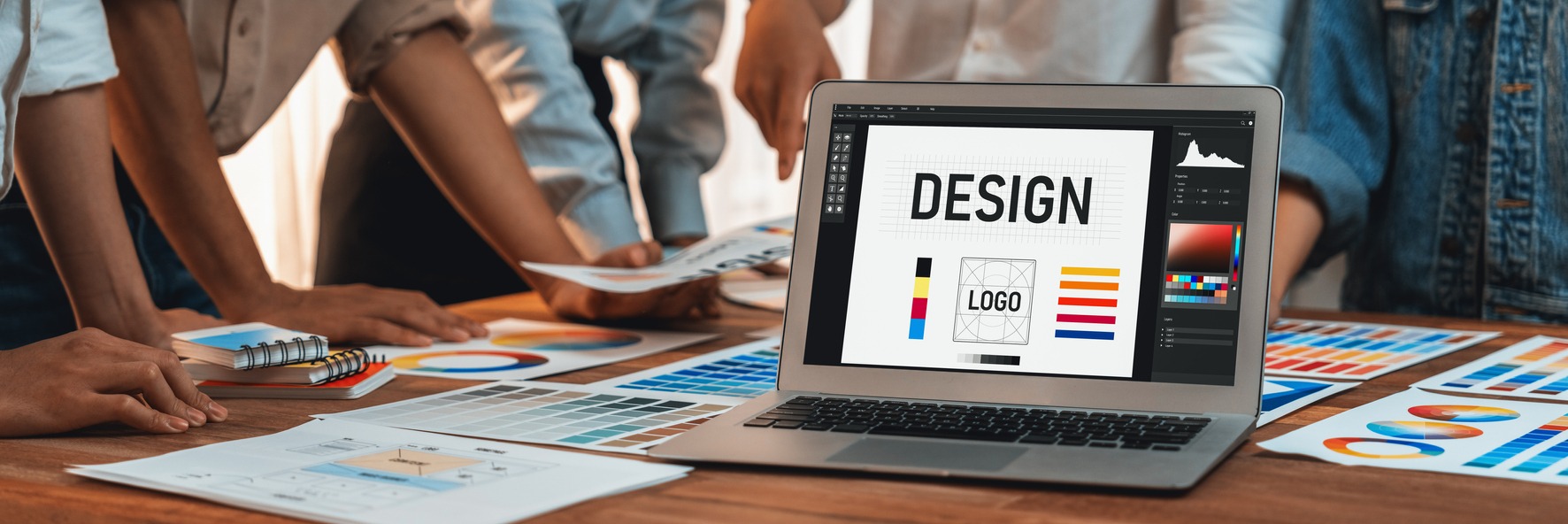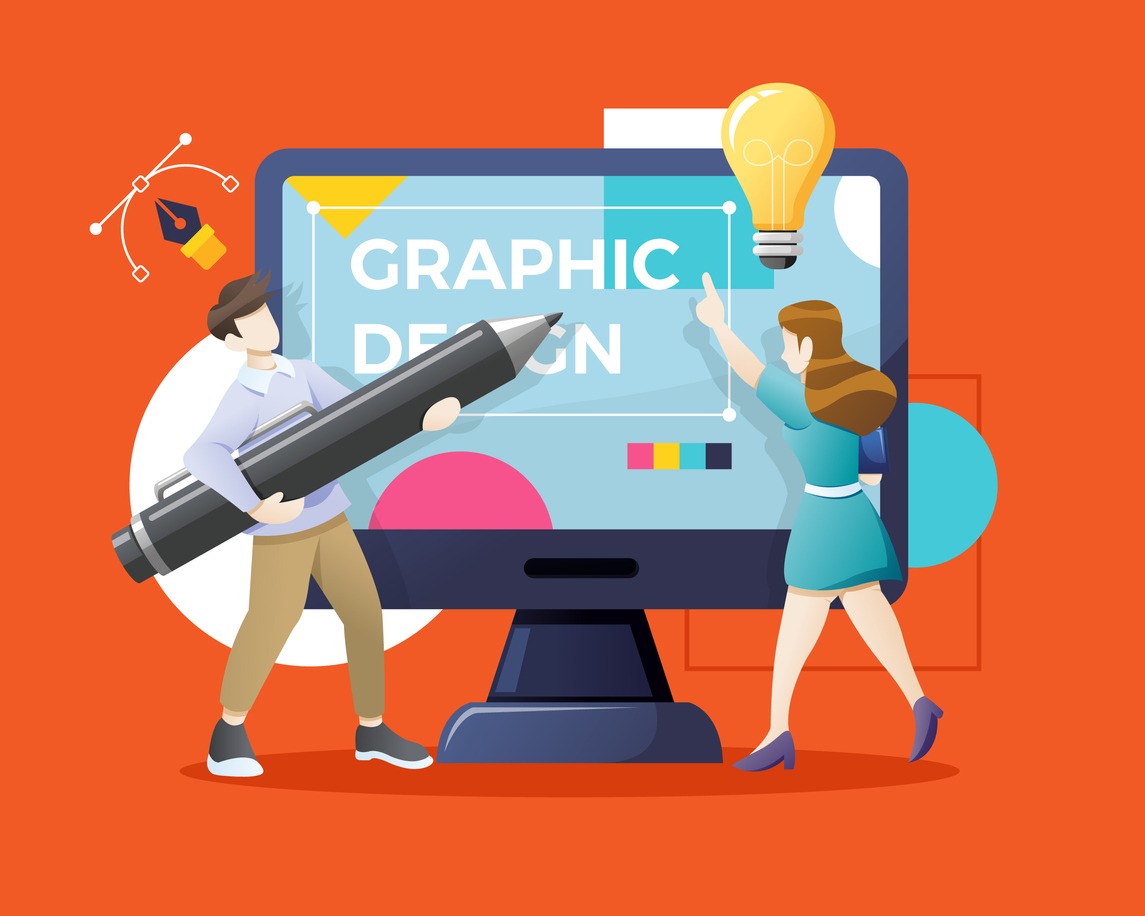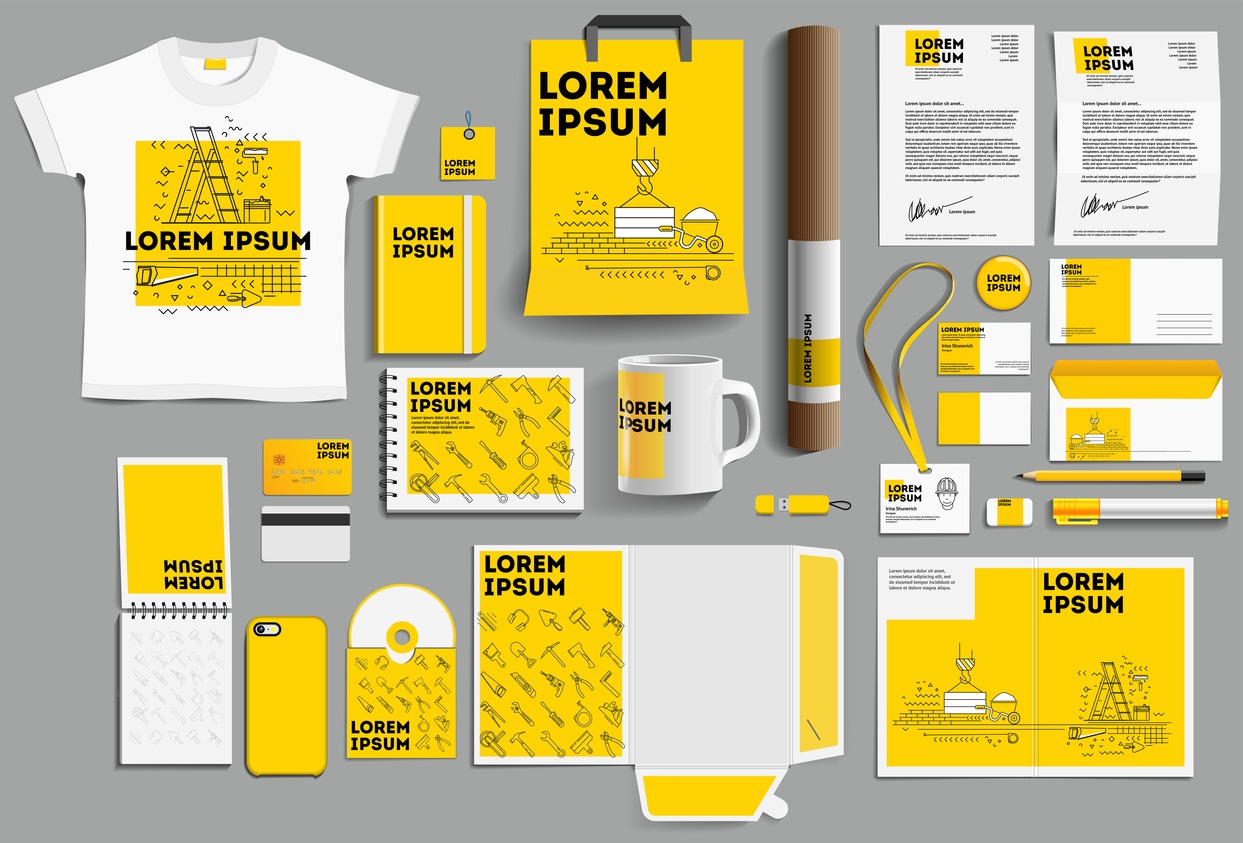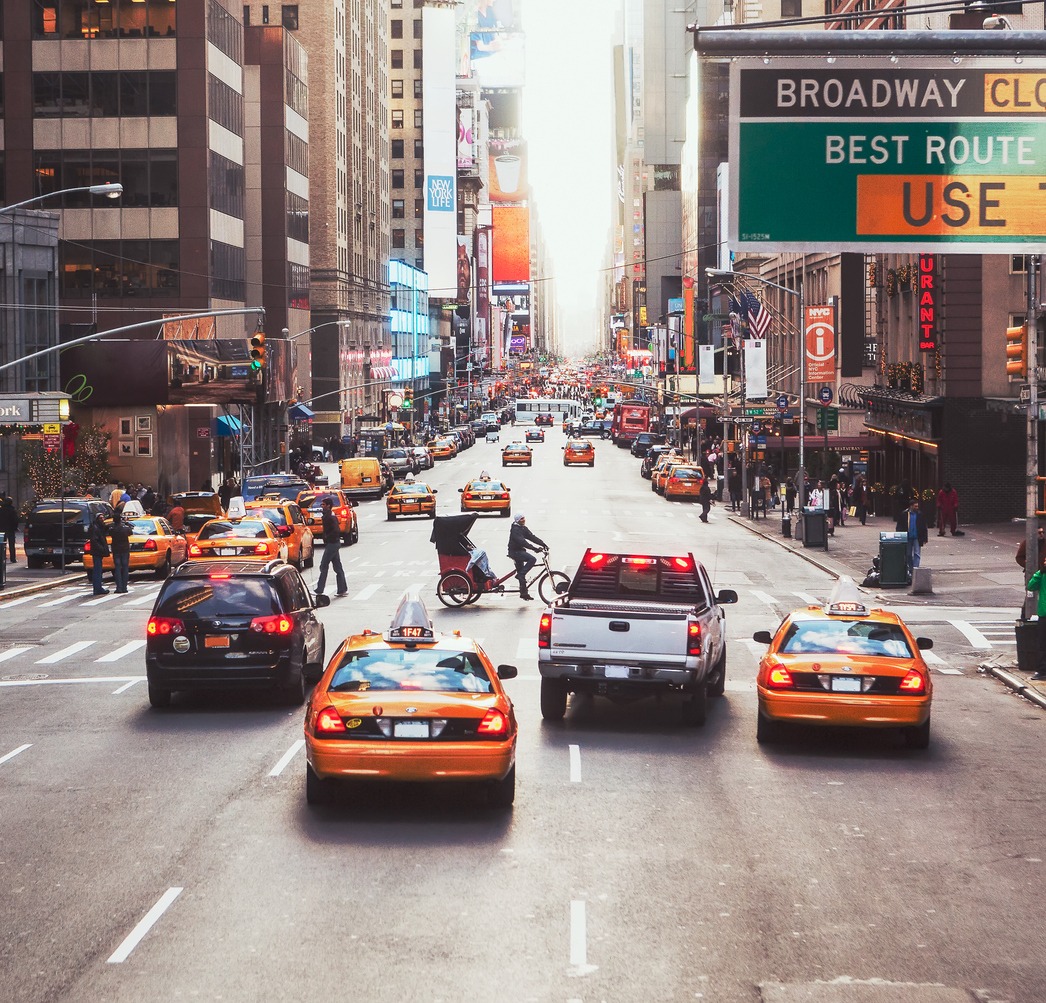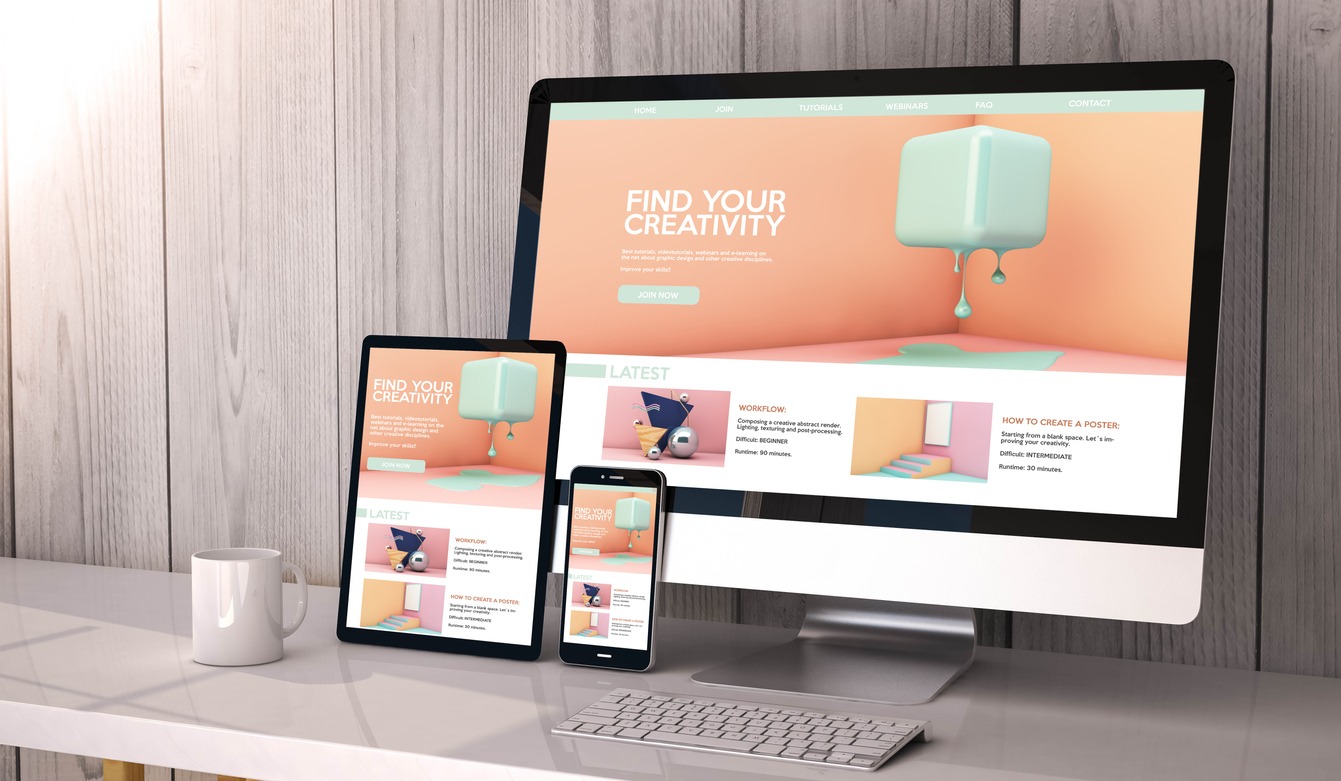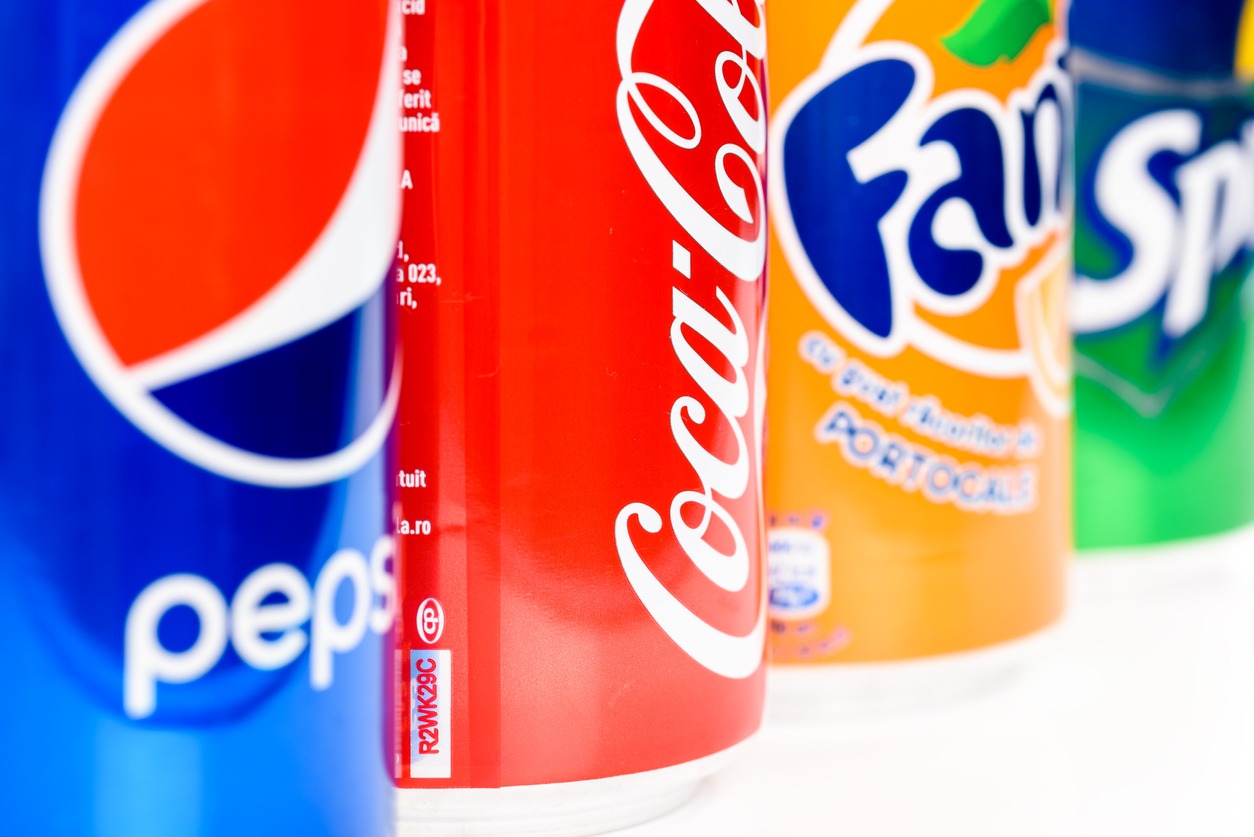When you hear graphic design, what picture comes to your mind? It might be a logo, an ad, an invitation, a magazine cover, a website, or something else entirely. And you know what, you’re probably right!
Graphic design comes in different shapes and sizes, but all of them involve making visual compositions to communicate something. In this guide, we’ll explore graphic design, its history, and the different types. So, let’s begin!
What is Graphic Design?
Graphic design is the art of crafting visuals, and it can be done on various surfaces like canvas, stone, pottery, or, as we commonly see today, on computer screens. It’s about creating visual compositions that convey ideas and information through images, text, colors, and shapes.
Graphic design encompasses a wide range of visuals, from drawings and symbols to charts, custom logos, book covers, and more. It’s widely used in logos, marketing materials, advertisements, website graphics, and even internal documents and email communications.
To grasp how graphic design works, it’s important to understand the key elements that make up a design, which include:
- Line
- Shapes
- Color
- Size
- Typography
- Space
- Texture
Also, there are design principles that graphic designers need to apply so that their design will grab attention, be effective, and be visually pleasing. These include:
- Balance
- Alignment
- Hierarchy
- Composition
- Symmetry
- Contrast
- Proportion
- Repetition
- Movement
By combining these elements and principles, a design can transform into a polished and professional graphic. While professional graphic designers are well-versed in these principles, having a basic understanding can empower anyone, even those with limited design skills, to create eye-catching visual designs.
While different types of graphic design often overlap, each requires specific skills and techniques. Some designers specialize in one type, while others focus on related ones. Because the industry evolves, designers must be adaptable and lifelong learners, ready to change or add specializations throughout their careers.
History of Graphic Design
The story of graphic design is an incredibly long and fascinating one, dating back to the dawn of human civilization and evolving into the influential field it is today. Here’s a timeline of some key moments in its history:
Prehistoric Era
While there isn’t direct evidence of graphic design from this time, it’s believed that early humans used visual communication in the form of cave paintings and other visual art. These early graphic expressions served various purposes, like telling stories, recording events, and communicating with others.
The first visual communications recorded are dated back to around 15,000 BC, consisting of pictographs and symbols found in the Lascaux caves in southern France. Thousands of years later, the Blau Monument appeared, using both words and images. While quite different from contemporary graphic design, these early designs laid the groundwork for placing images on surfaces, eventually leading to the creation of art typeslike drawings, posters, banners, and more.
Ancient Civilizations
Graphic design continued to evolve in ancient civilizations like Egypt, Greece, and Rome. Egyptians used hieroglyphics for visual communication, Greeks employed graphic design on coins, pottery, and various objects, and Romans incorporated graphic design into their architecture and artwork.
The invention of paper in 105 AD in China set the stage for graphic design. Moveable type, invented in 1045 AD, allowed for individual character printing.
Middle Ages
During the Middle Ages, graphic design had a religious focus, producing illuminated manuscripts and religious icons.
By 1276, a paper mill had reached Europe, officially introducing printing to the continent. Johannes Gutenberg’s 1440 invention of the printing press marked a significant shift, enabling mass production of printed materials. Graphic design began to take shape, with illustrations in printed books appearing in 1460. In 1530, Claude Garamond opened the first type foundry, selling fonts to printers.
Renaissance to Industrial Revolution
Graphic design played a key role in the Renaissance, disseminating knowledge and ideas through beautifully designed and illustrated books. It also contributed to advertising and product promotion.
Printing and publishing technology advanced during the Industrial Revolution, giving way to lithography and the rise of the advertising industry. Printed materials have reduced in cost and increased in size. Graphic design played a role in consumer culture through packaging and marketing materials.
Modern Era
The 20th century witnessed a graphic design revolution driven by computer and internet technologies. The 1900s saw the explosion of graphic design use, especially in advertising. More brands also created their logos for more visible branding.
The advent of digital tools like the launch of Photoshop in 1990 transformed the field of graphic design, and it continued to evolve in the 21st century. Graphic design emphasized digital media and the significance of visual communication.
Nowadays, we see a product of graphic design in our everyday lives. It has come a long way, making its presence felt in business and consumerism over the past century. It’s all around us, even if we don’t always notice it. As for the future of graphic design, who knows what innovations lie ahead, given its evolution from the early days of paper mills to the digital designs we encounter daily?
Types of Graphic Design
Now that you have an understanding of graphic design and its roots, let’s explore the various types of graphic design you encounter in today’s world. Some of these might surprise you!
Brand Identity Design
A brand represents the relationship between a business or organization and its audience. Visual identity graphic design focuses on the visual aspects of brand identity, serving as the face of the brand to convey intangible qualities through images, shapes, and colors.
Visual identity design is one of the most common types of graphic design. It requires designers to have a general understanding of all graphic design types to create adaptable design elements suitable for diverse visual media. Additionally, visual identity graphic designers need strong communication, conceptual, and creative skills, along with a passion for researching industries, organizations, trends, and competitors.
Visual identity graphic designers collaborate with brand stakeholders to create assets like logos, typography, color palettes, and image libraries that mirror a brand’s personality. They also often create a set of visual brand guidelines (style guides) to outline best practices and offer examples of how visual branding should be applied across various media. These guidelines ensure consistency in a brand’s image.
Marketing & Advertising Design
This niche focuses on the visuals you come across on social media, websites, and both online and offline advertisements. Think about all the billboards along the highway, the brochures at your local coffee shop, and the business graphics on your social media feeds – they’re all part of marketing and advertising graphic design.
Businesses rely on effective marketing to connect with their target audience and influence their decision-making. Good marketing connects with people by addressing their desires, needs, awareness, and satisfaction regarding a product, service, or brand. Because visual content tends to engage people more effectively, graphic design plays a vital role in helping organizations communicate and promote their offerings.
Marketing designers collaborate with business owners, managers, marketing professionals, or directors to make materials for marketing campaigns. They can work independently or as part of an in-house or creative team. These designers may specialize in a specific medium like vehicle wraps or magazine ads, or they can create a wide range of materials for print, digital, and beyond. While marketing design has traditionally been print-oriented, it now includes digital assets, especially content marketing and digital advertising.
Examples of marketing graphic design include:
- Postcards and flyers
- Magazine and newspaper ads
- Posters, banners, and billboards
- Infographics
- Brochures (print and digital)
- Vehicle wraps
- Signage and trade show displays
- Email marketing templates
- PowerPoint presentations
- Menus
- Social media ads, banners, and graphics
- Banner and retargeting ads
- Images for websites and blogs
User Interface Design
A User Interface (UI) allows people to interact with devices and applications. UI design is the art of crafting interfaces that are user-friendly and provide an enjoyable user experience. It is all about creating the look and feel of websites, apps, software, and other digital programs. In this specialization, designers focus on making programs visually appealing while ensuring they are easy for users to navigate and understand.
Within the realm of graphic design, UI design concentrates on the visual aspects of the user’s interaction, including on-screen elements like buttons, menus, micro-interactions, and more. The challenge for UI designers is to strike a balance between aesthetics and technical functionality.
UI designers specialize in designing desktop apps, mobile apps, web apps, and games. They collaborate closely with UX (User Experience) designers, who determine how the app functions, and UI developers, who write the code to make it work. They use graphic design software and are also knowledgeable about programming languages such as HTML, CSS, and JavaScript.
Examples of user interface graphic design include:
- Web page design
- Theme design for platforms like WordPress and Shopify
- Game interfaces
- App design
Publication Design
Publications are long-format pieces that reach out to an audience through widespread distribution. Traditionally, they’ve been in print, including books, newspapers, magazines, and catalogs. However, digital publishing has been on the rise recently.
Publication designers have a special skill: they create visually appealing designs that are easy to read and ensure the information on each page flows smoothly. Here, the art is not all about the visuals – the actual words and content take the lead, and the design serves to enhance them.
Graphic designers who specialize in publications collaborate with editors and publishers to craft layouts with thoughtfully chosen typography and accompanying visuals, like photographs, graphics, and illustrations. These designers may work as freelancers, as part of a creative agency, or in-house with a publishing company.
Examples of publication graphic design include:
- Books
- Newspapers
- Newsletters
- Directories
- Annual reports
- Magazines
- Catalogs
Packaging Design
Nearly every product needs some form of packaging for protection, distribution, and sale. But packaging design is not just about logistics; it’s a potent marketing tool. Every box, bottle, bag, can, or container presents an opportunity to tell a brand’s story.
When your product is one among many in a crowded market, the packaging design becomes your secret weapon to stand out. Often, it’s the packaging that captures attention and sets your product apart. Whether you opt for minimalistic packaging to appeal to a particular audience or go all-out creative – what matters is to make the packaging eye-catching.
Packaging designers conceive ideas, craft mockups, and create print-ready files for products. This demands expertise in print processes and a deep understanding of industrial design and manufacturing. Since packaging design intersects with various fields, it’s common for designers to also produce other assets for a product, such as photography, illustrations, and visual identity.
Packaging designers can be versatile or specialize in a particular type of packaging (like labels or beverage cans) or within a specific industry (such as food or children’s toys). Their work hinges on strong conceptual and problem-solving skills, along with a sound grasp of print and industrial design. They must be adaptable to meet the needs of clients, marketers, and manufacturers and stay informed about current trends.
Typeface Design
Look at the fonts used in this blog post. Then, take a moment to consider the fonts you usually use. These fonts are designed by a typeface designer. Every font, even the most common ones like Arial and Times New Roman, was meticulously crafted by them.
In our modern world, typeface design shines when brands aim to establish their unique fonts. For instance, Netflix employs its custom Netflix Sans font in its logo, and Samsung boasts its distinctive SamsungOne font.
Motion Graphic Design
Motion graphics are graphics that come to life. This includes animation, audio, typography, imagery, video, and various effects used in online media, television, and film. The popularity of this medium has soared in recent years as technology advanced and video content became the ruler of the digital realm.
The title of “motion graphics designer” is relatively new in the world of design. It was traditionally associated with TV and film, but with technological advancements that have reduced production time and costs, this art form has become more accessible and cost-effective. Now, motion graphics are one of the newest design types, and they can be found across all digital platforms.
Examples of motion graphic design include:
- Title sequences and end credits
- Advertisements
- Animated logos
- Trailers
- Presentations
- Promotional videos
- Tutorial videos
- Websites
- Apps
- Video games
- Banners
- GIFs
Motion graphics designers kickstart their work by developing storyboards and then breathe life into their ideas through animation, video, and traditional art. Depending on the industry, a solid understanding of marketing, coding, and 3D modeling can be valuable.
Art and Illustration Design
Graphic art and illustration are sometimes confused with graphic design, but they are distinct art forms. Even though graphic art and illustration are not technically types of graphic design, they are closely intertwined. Much of their work is created for commercial use within the context of graphic design.
This type of graphic design is typically created using professional programs like Adobe, with designers using a stylus and touchscreen to draw elements and transform them into digital designs. Each designer brings their unique style and process to the table.
Graphic designers create compositions to communicate, while graphic artists and illustrators craft original artwork. Their creations take various forms, from fine art to decorative pieces to storytelling illustrations.
Examples of art and illustration for graphic design include:
- T-shirt design
- Graphic patterns for textiles
- Motion graphics
- Stock images
- Graphic novels
- Video games
- Websites
- Comic books
- Album art
- Book covers
- Picture books
- Infographics
- Technical illustration
- Concept art
Environmental Graphic Design
Environmental graphic design is a multidisciplinary field that blends graphic design with architecture, interior design, landscape design, and industrial design. Designers collaborate with professionals from various disciplines to plan and execute their projects. As a result, designers typically have education and experience in both graphic design and architecture. They must be capable of understanding industrial design principles and interpreting architectural plans.
Environmental graphic design enhances the connection between people and places, making spaces more memorable, informative, engaging, and easy to navigate. Within this realm, wayfinding is a specialized area focused on strategic signage, landmarks, and visual cues that help individuals understand their location and guide them seamlessly to their destination.
This type of design covers a wide range of applications, such as:
- Signage
- Wall murals
- Museum exhibitions
- Office branding
- Public transportation navigation
- Retail store interiors
- Stadium branding
- Event and conference spaces
While traditional environmental graphic design involves static print materials, the use of digital interactive displays is on the rise, offering more engaging and dynamic experiences.
Popular Graphic Design Tools
To make a graphic design product, graphic designers use software. Examples of these are Canva and Adobe, which you probably come across at one point or another. Graphic design software refers to applications and programs that graphic designers employ to generate, edit, and manipulate digital images.
These tools empower designers to adjust and resize images, create original illustrations, blend text, colors, and shapes, and bring their artistic visions to life. The final results can find their place in brochures, websites, mobile apps, and social media.
Here are some popular examples:
1. Adobe Creative Suite
The Adobe Creative Suite boasts several heavyweights in the graphic design industry, including Adobe Photoshop, Adobe Illustrator, and Adobe InDesign. These products have virtually no limits when it comes to what they can achieve, making them staples for seasoned designers. However, their extensive range of features can pose a steeper learning curve for newcomers.
- Photoshop: Renowned for image editing, Photoshop is the industry standard for manipulating photos and digital art. It offers 2D and 3D image manipulation, compositing, video editing, and image analysis.
- Illustrator: Illustrator is the go-to choice for crafting vector illustrations, logos, graphics, and fonts. While it shares some tools and functions with Photoshop, it centers around vector design, allowing designers to resize and rescale designs without sacrificing image quality.
- InDesign: Essential for designers in the publishing world, InDesign is a page layout program. It’s ideal for assembling magazines, newspapers, reports, and brochures. With InDesign, designers can efficiently organize text, create layout formats, insert image placeholders, and save files in a print-ready format.
- After Effects: Ideal for graphic designers who incorporate motion into their work, After Effects is a motion graphics and visual effects software. It enables designers to create animations, movie titles, transitions, and even work in a 3D space.
2.Canva
Canva is a user-friendly online tool designed to simplify the creation of digital compositions, from social media posts to flyers and logos. It provides a wide range of ready-made design elements, including icons and templates. Canva is particularly beneficial for beginners or designers who prefer starting with pre-designed materials rather than building from scratch. The platform offers an extensive collection of free content, and for those seeking premium resources, a pro membership with yearly payments is available.
3.GIMP
GIMP, an acronym for GNU Image Manipulation Program, is an online photo editor enabling designers to import and manipulate photos and illustrations. It’s completely free and open source, allowing users to access user-generated plug-ins and custom modifications. While GIMP supports image creation, its primary focus is on editing existing images.
4.Sketch
Sketch is a collaborative online design platform tailored for multiple designers to work on projects simultaneously. It’s a vector-based tool compatible with Mac, specializing in web, app, and interface design. It excels in creating icons, ad banners, social media graphics, and presentation materials. Additionally, it serves various UI and UX purposes, including icon design, prototyping, and the development of user flows.
Its unique real-time collaborative interface proves invaluable for design teams seeking close cooperation, whether for prototyping or refining final proofs. Sketch offers a 30-day free trial, along with two paid options: a standard plan and a more advanced business plan, providing enhanced capabilities.
